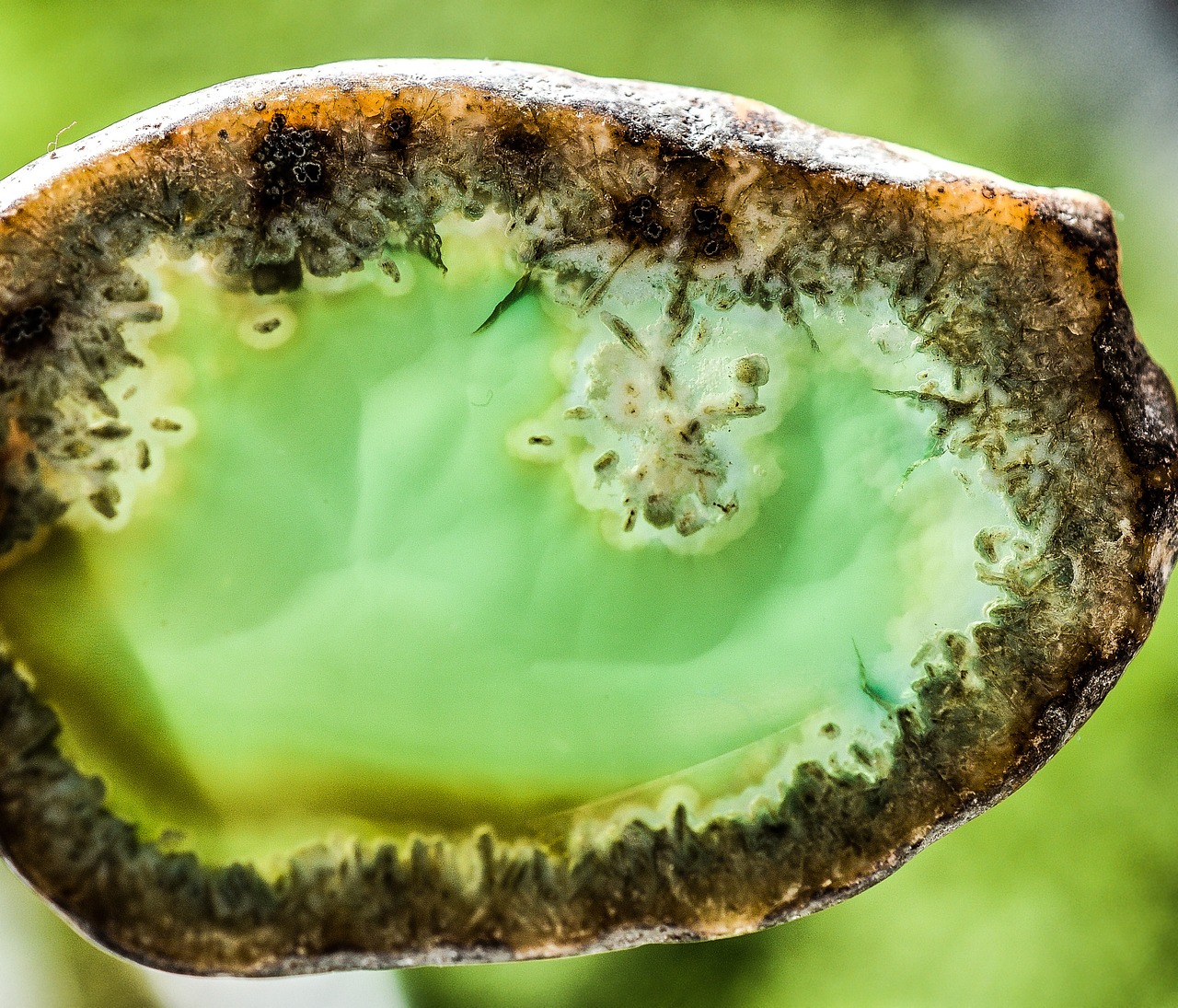British geologists have unearthed a new sample of kernowite, an extremely rare mineral that was first collected somewhere in Cornwall county over three hundred years ago. The only known specimen of kernowite is in London’s Natural History Museum, and a second sample remained elusive for centuries even though professional and amateur geologists tried hard to locate one.
The reason why kernowite is so rare is that its formation requires very special conditions. Rocks close to the surface of the Earth have their chemical elements mobilized by circulating water, and these elements find a secondary, previously crystallized rock where they migrate to. There, the elements re-combine and create the kernowite, a secondary mineral.
Still, kernowite isn’t considered the unification of two crystals, because it has a unique crystallographic structure. It is very similar to liroconite, as it’s also a complex arsenate mineral, but instead of aluminum, it contains iron, which is what gives it its distinctive green color.
Because kernowite is fragile and prone to erosion, it must be retrieved within a relatively short period of time after its formation, otherwise, it’s lost forever. This makes finding a specimen even harder and adds even more to its value.
In this case, the value is purely scientific as kernowite doesn’t have any applications. Obviously, the National History Museum specimen could not be used for analysis, so this is an amazing new opportunity for mineralogists to look into the rare stone.
And as for where that second specimen was found, it was Cornwall again. The team that dug it out was looking for liroconite, which is prevalent in the area. They say they tend to find a new mineral there every three to four years on average, but this may as well never be found again. That’s how scarce it is and how unlikely it is to find one while it’s still in one piece.






